The house appears in Santo Tirso’s outskirts, in a clear transition to the more rural surroundings of the city, although flanked by the noisy National Route 105, which connects Porto to Guimarães. Liliana Maciel Arquitetura office took over the renovation and designed the new elements which could be combinded with the existing ones and create an harmonious building.
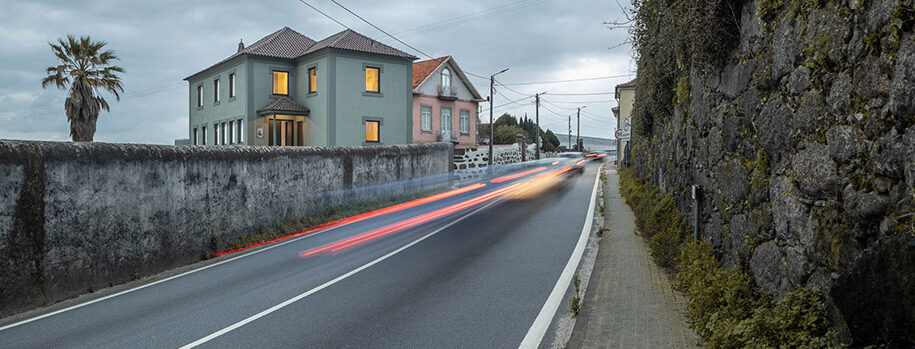
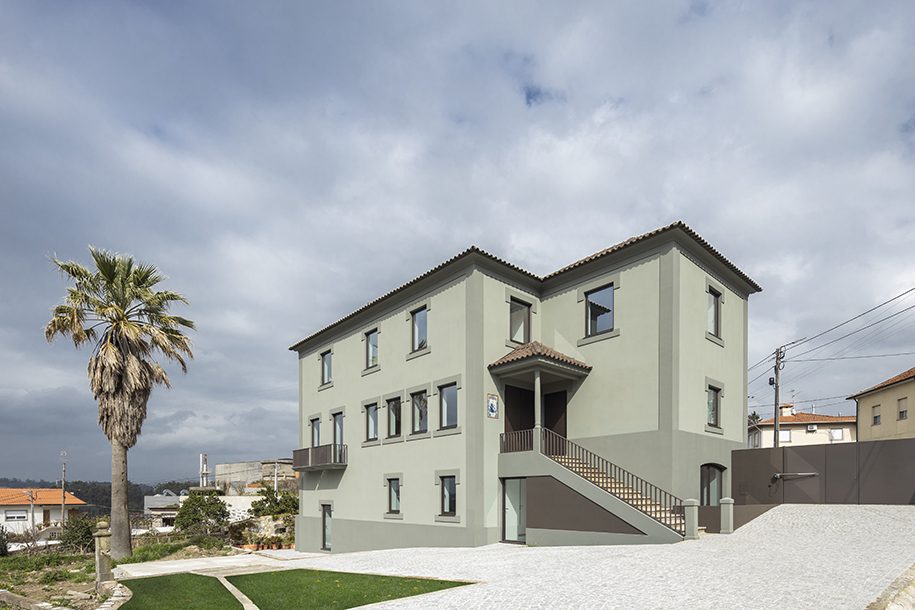
Appearing to have more than a century of existence and successive constructive evolutions, the house was in a high degree of degradation, not only due to the burden of age, but also to the fact of being uninhabited for more than 30 years.
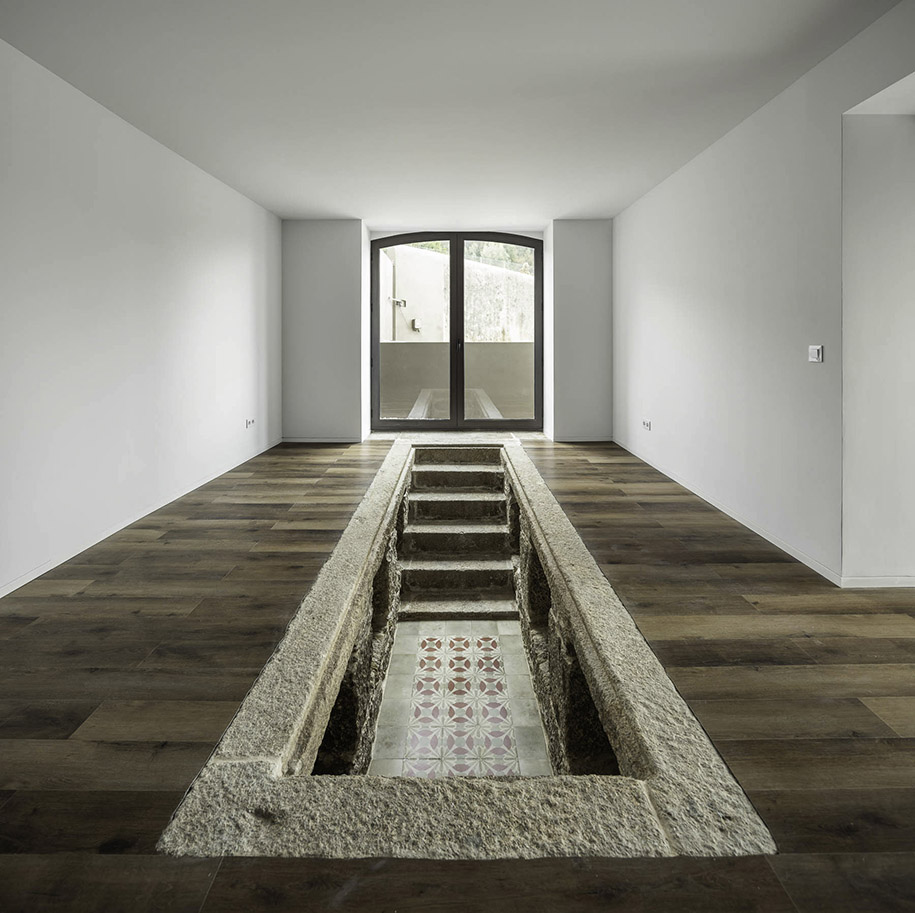
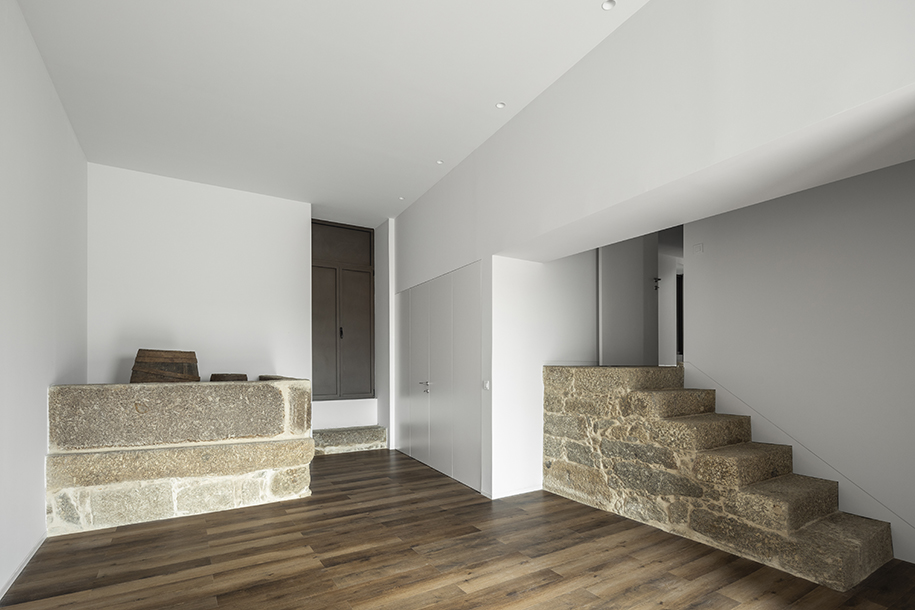
Still, its potential, grandeur and beauty are undeniable. Benefited from an excellent sun exposure, a generous plot of land and the fresh running water, even on the hottest days, the property brought together a series of characteristics that fascinated its owners and, later, us.
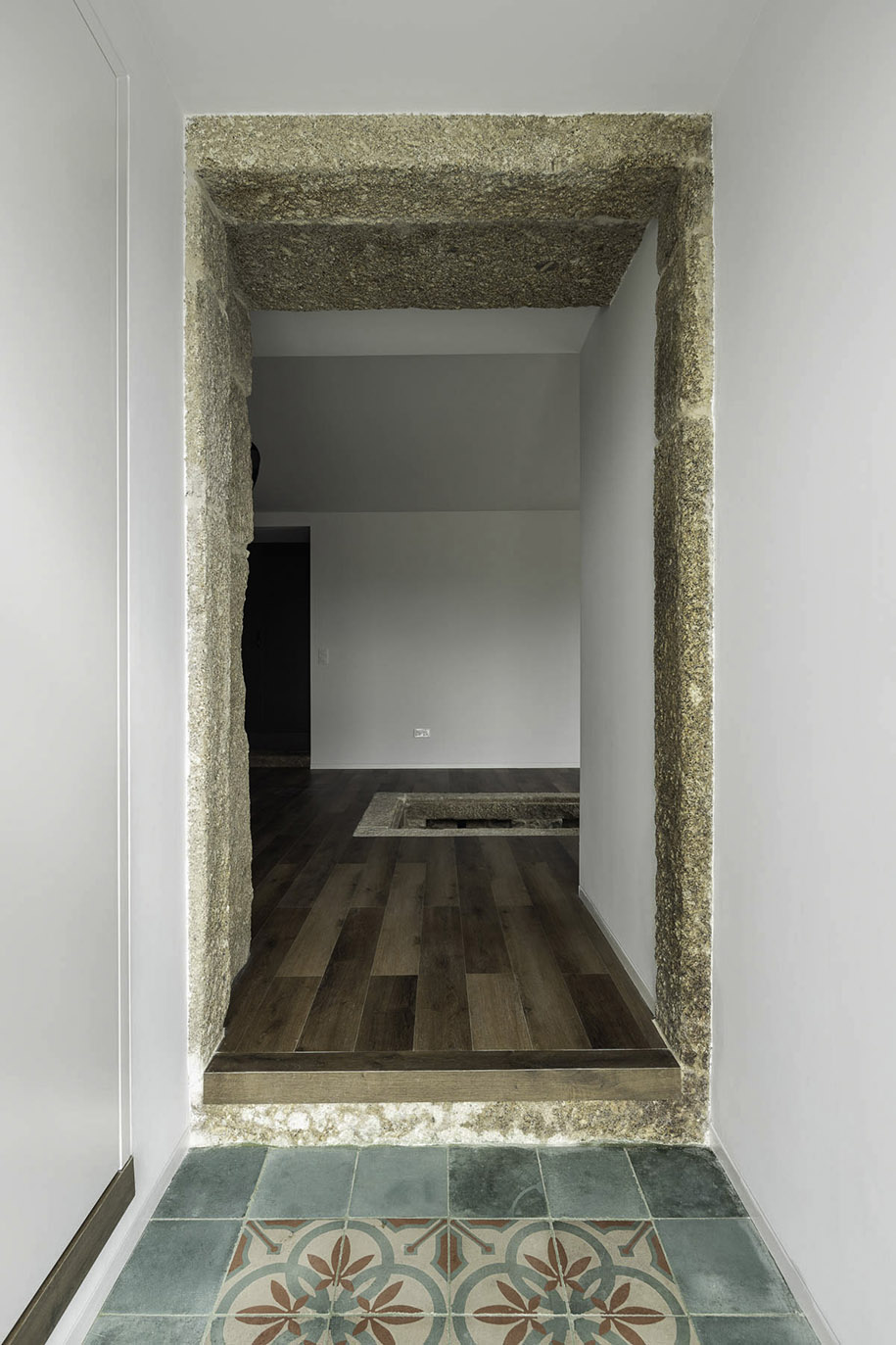
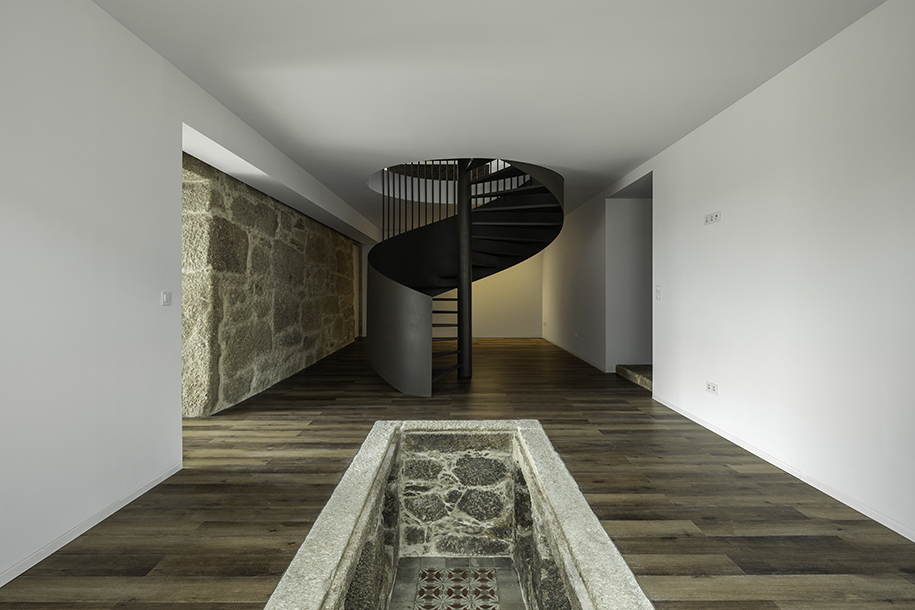
The desire to rehabilitate, to preserve memory and identity were decisive pillars for a project that combined the contemporaneity of solutions in the search for a spatiality of thermal, acoustic and, of course, aesthetic comfort, in a dance of respect and synchronization of times and ages.
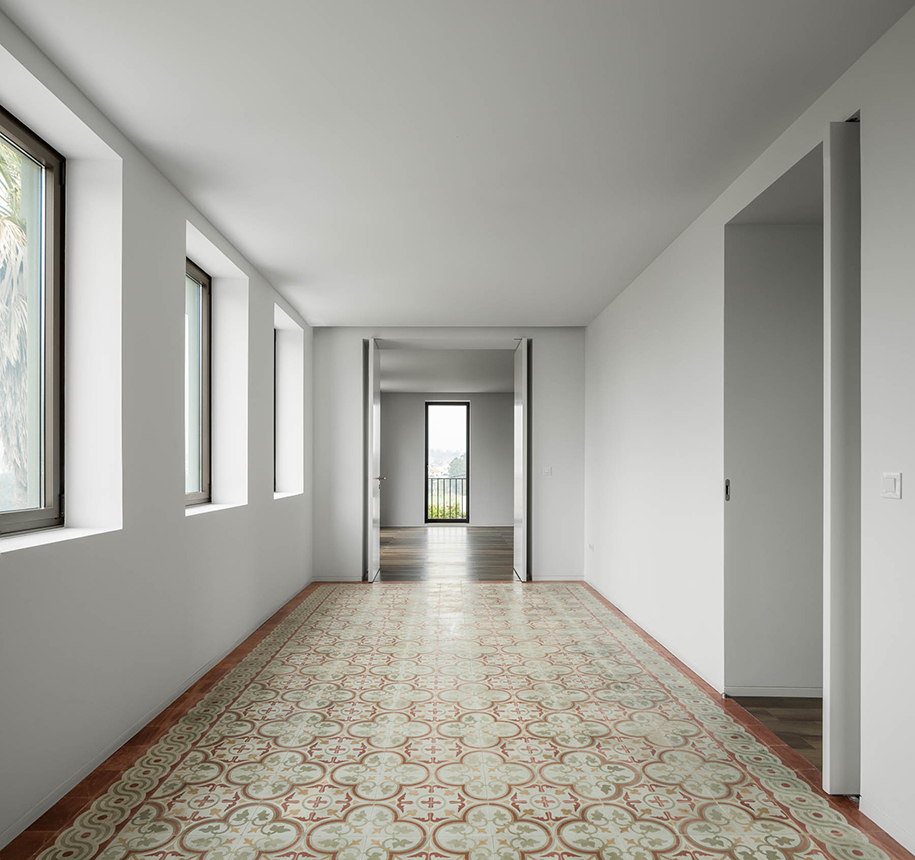
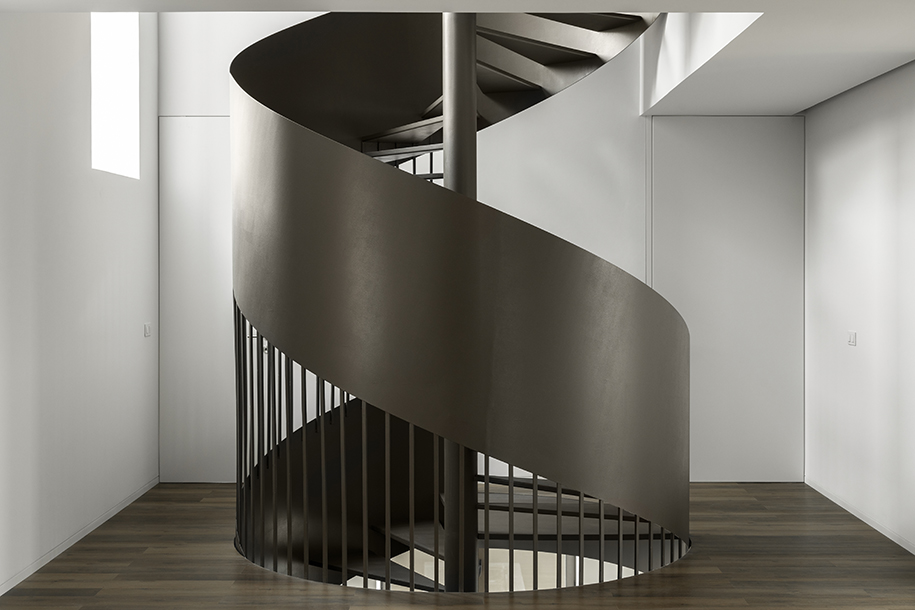
Benefited from an excellent sun exposure, a generous plot of land and the fresh running water, even on the hottest days, the property brought together a series of characteristics that fascinated its owners and, later, us.
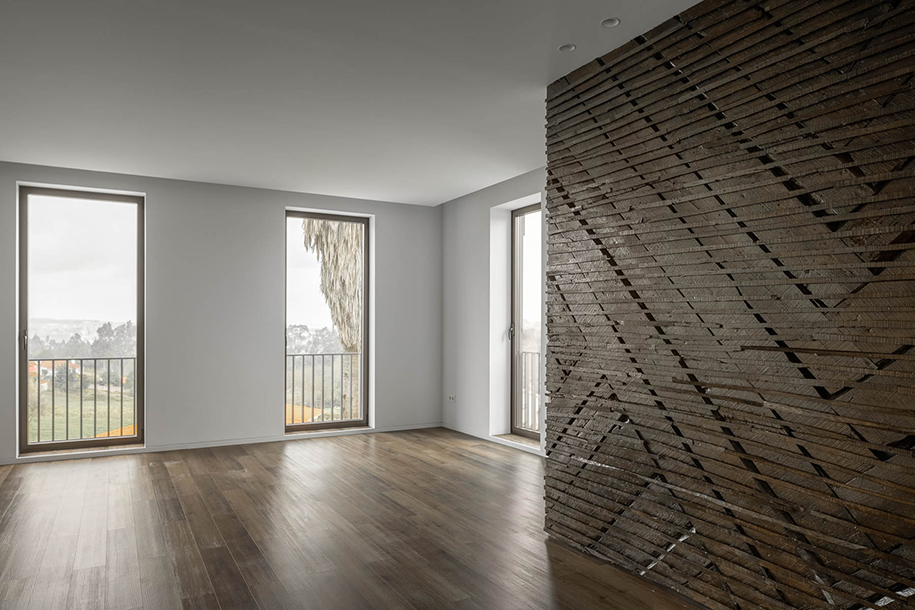
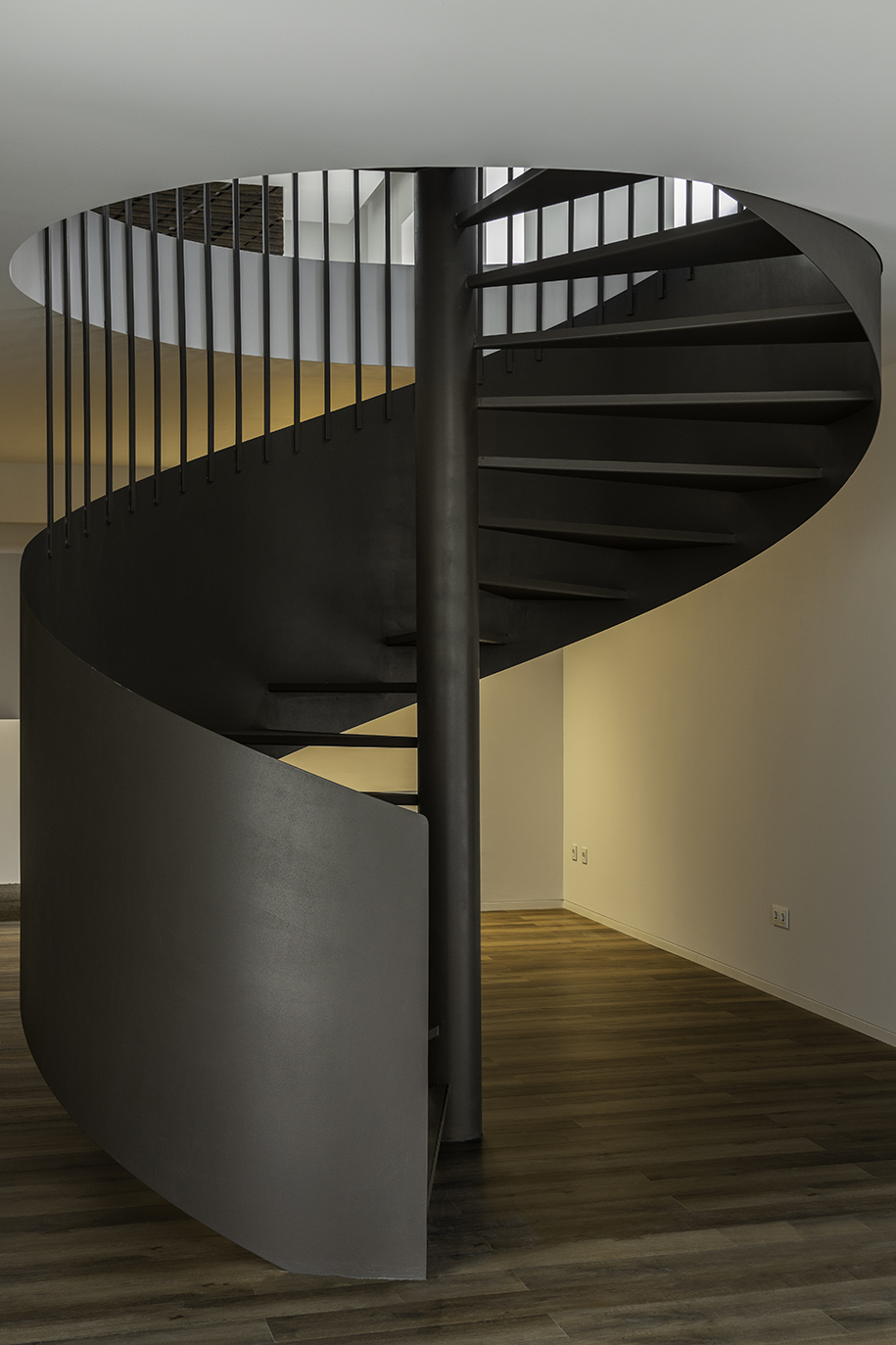
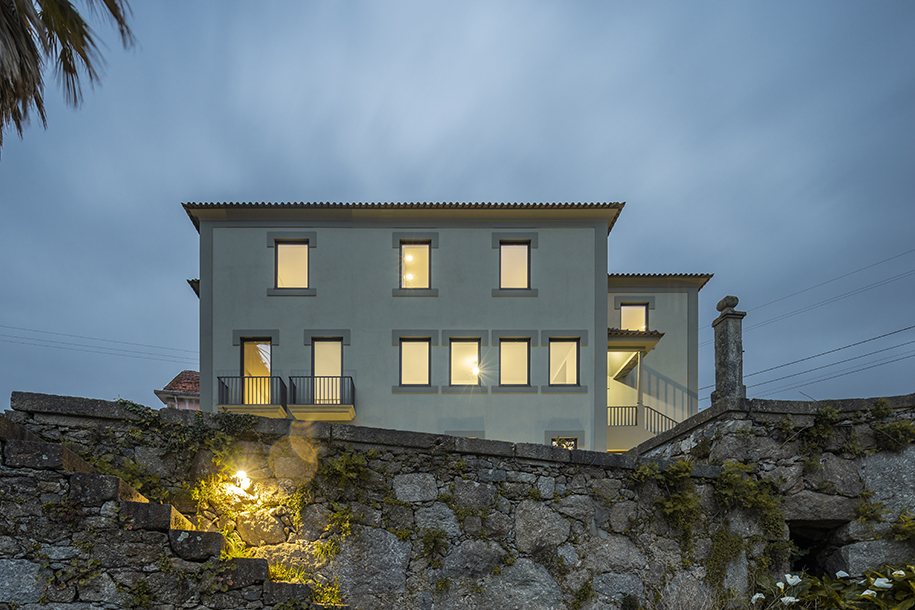
The most iconic materiality of the hydraulic mosaic, or the oldest one of stone and wood, was preserved and thought about, since the execution of the most discreet details, to the reading of a whole, by associating materials of use and more contemporary language, with tones, combinations and compositions that result in this perfectly integrated set in the landscape.
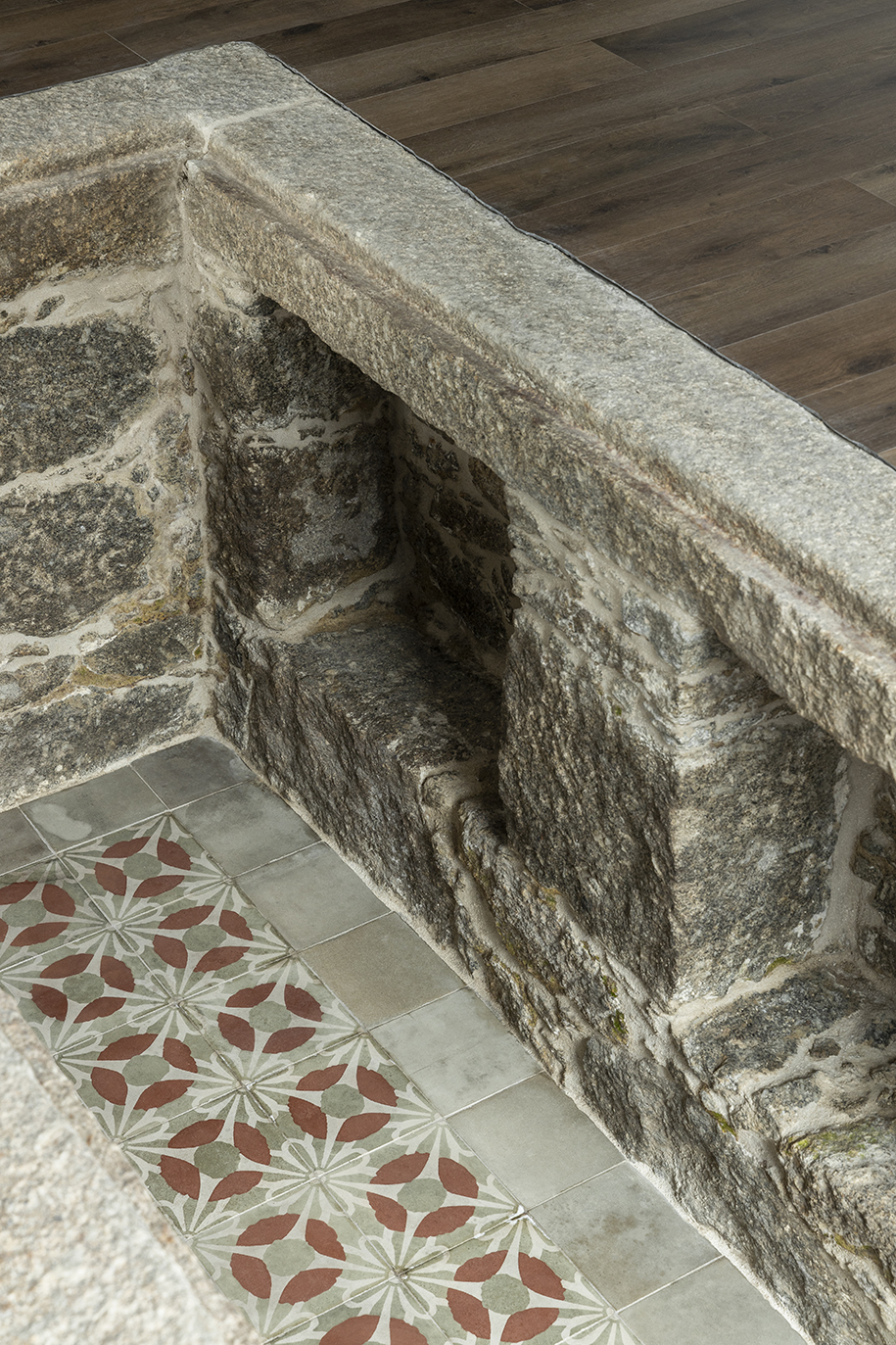

Facts & Credits
Project name Green House
Location Santo Tirso, Portugal
Year 2021
Architect Liliana Maciel Arquitetura
Main Architect Liliana Maciel
In collaboration with Rui Vasco Saldanha, Margarida Radrao
Photography Ivo Tavares
READ ALSO: Novacella Abbey Museum Addition : a tripartite spatial sequence forms an atmospheric bridge across histories | MoDusArchitects